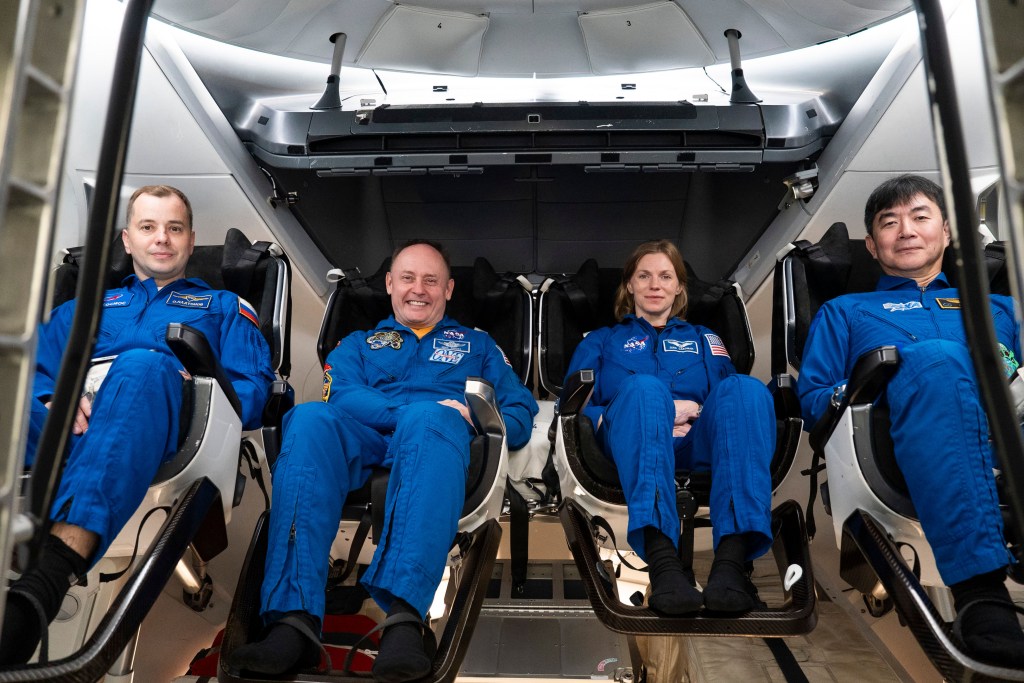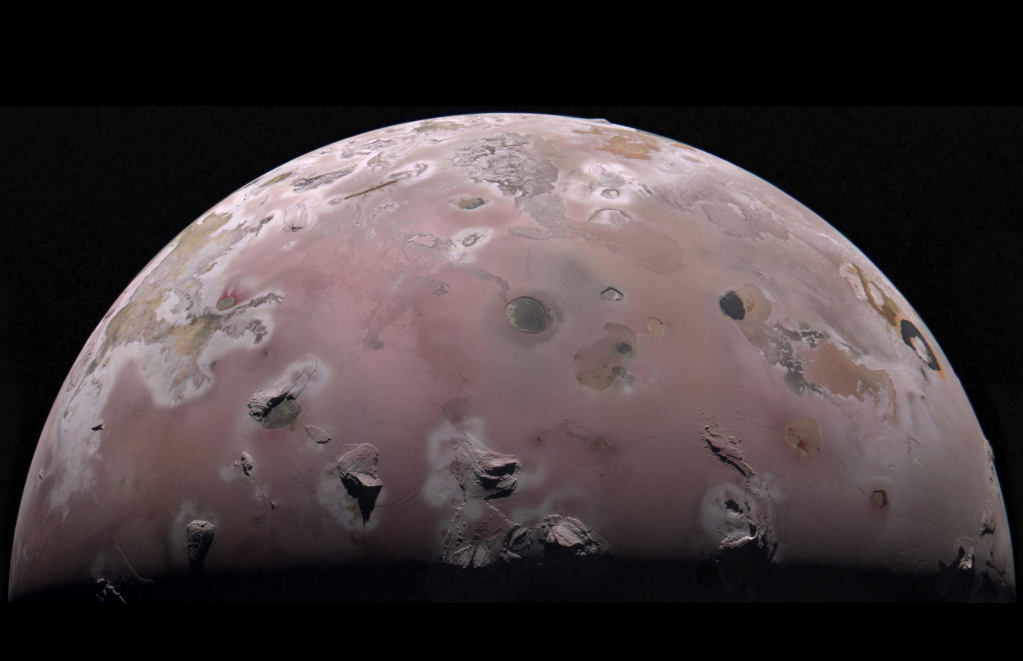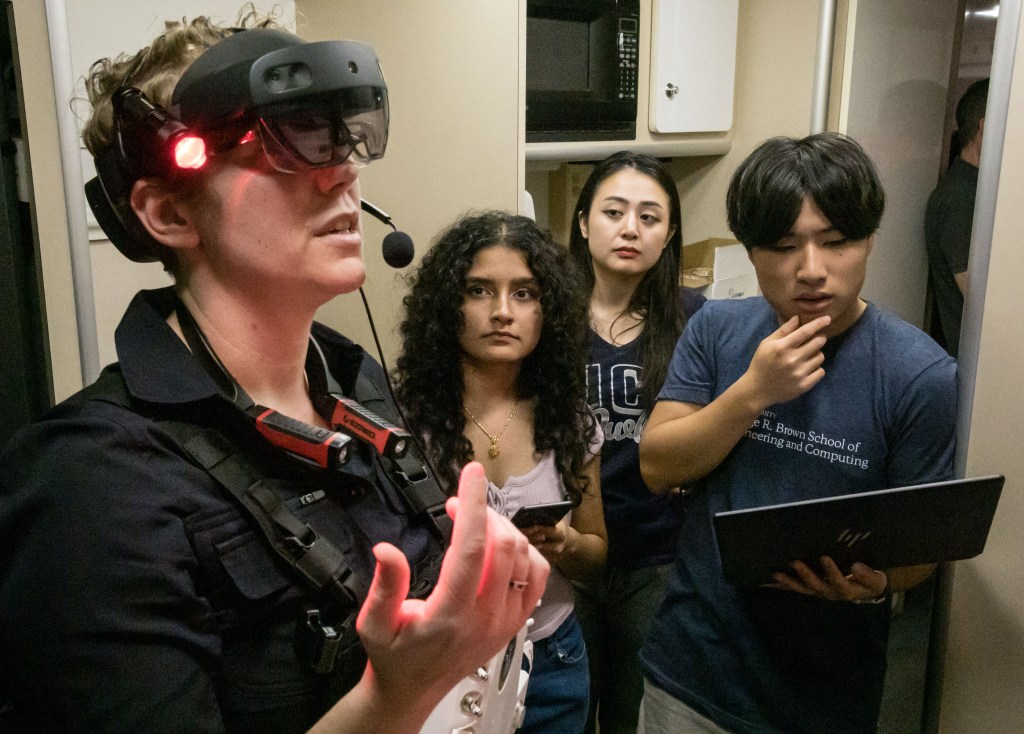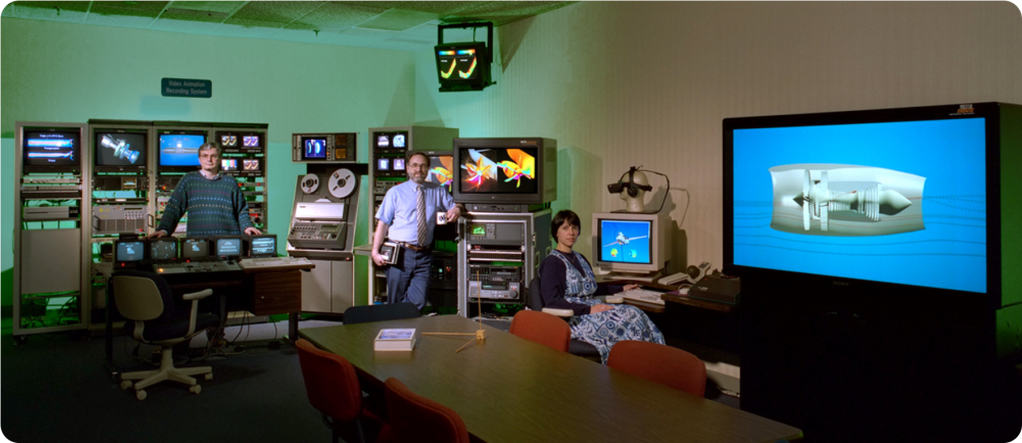
Perseverance capped its first year on Mars by speeding back around Séítah toward what is expected to be the final sampling location in its crater floor campaign. The drive on Mars was split across three different sols executing instructions planned in a single day on Earth, making this Perseverance’s first multiple-sol drive.
Why are we excited about the multiple-sol drive? It creates an opportunity to drive a great distance in a longer plan, typically during holidays or weekends when new planning doesn’t occur on Earth. Recently in the sol 350-352 plan we commanded a three-sol drive that resulted in the longest-single-sol total distance recorded by any Mars rover (319.79m) on sol 351, and the longest distance of any Mars rover in a single plan without ground intervention (509.75m). Two reasons that made the multiple-sol drive more challenging than driving the same distance in three single-sol plans are uncertainty and complexity.
Autonav is very good at detecting the geometric obstacles it encounters near the rover (like large rocks and high slopes) and avoids these. There are certain non-geometric hazards, like sand that it is does not detect on its own and rover planners mark these areas using “keep-out-zone” locations in the rover’s world map, which serves as it’s map of Mars. As the rover drives it accumulates some uncertainty, or error, in its knowledge of where it is on Mars. Even though its Visual Odometry (VO) capability is able to measure and compensate for slip, making this relatively small, the uncertainty accumulates over large distances. The rover knows that as it’s driving its knowledge of where the keep-out-zones are is getting less certain. Perseverance models that knowledge as an accumulating “uncertainty distance” and will enlarge keep-out zones by that amount. A viable corridor with one or more edges along a keep-out-zone can therefore potentially shrink by tens of meters making it challenging for Autonav to find a path through terrain in the far distance. We reset the position uncertainty to zero every time we uplink a new set of drive instructions because we also localize the rover precisely on Mars. This makes corridors within a single-sol distance easier for Autonav to navigate and we used this in the sol 353 drive as we drove up North.
Planning a three-sol drive is also more complex because we must create and evalute three times as many drive path segments and associated terrain evaluations. At planning time we cannot know exactly where the previous autonomous drive will end up on Mars, and this needs to be factored into each sol’s drive plan. Longer command creation and review times are also compressed into a single planning day.
We have arrived at Ch’ał for our final crater floor sampling and are looking forward to many more multiple-sol drives on our journey to the Jezero delta!
Written by Vandi Verma, Chief Engineer for Robotic Operations at NASA/JPL

































